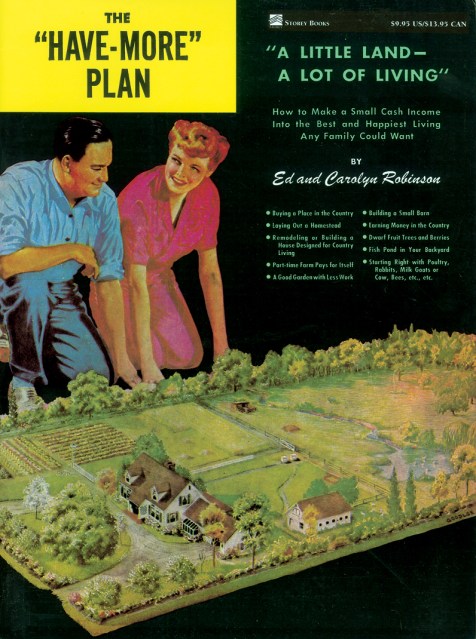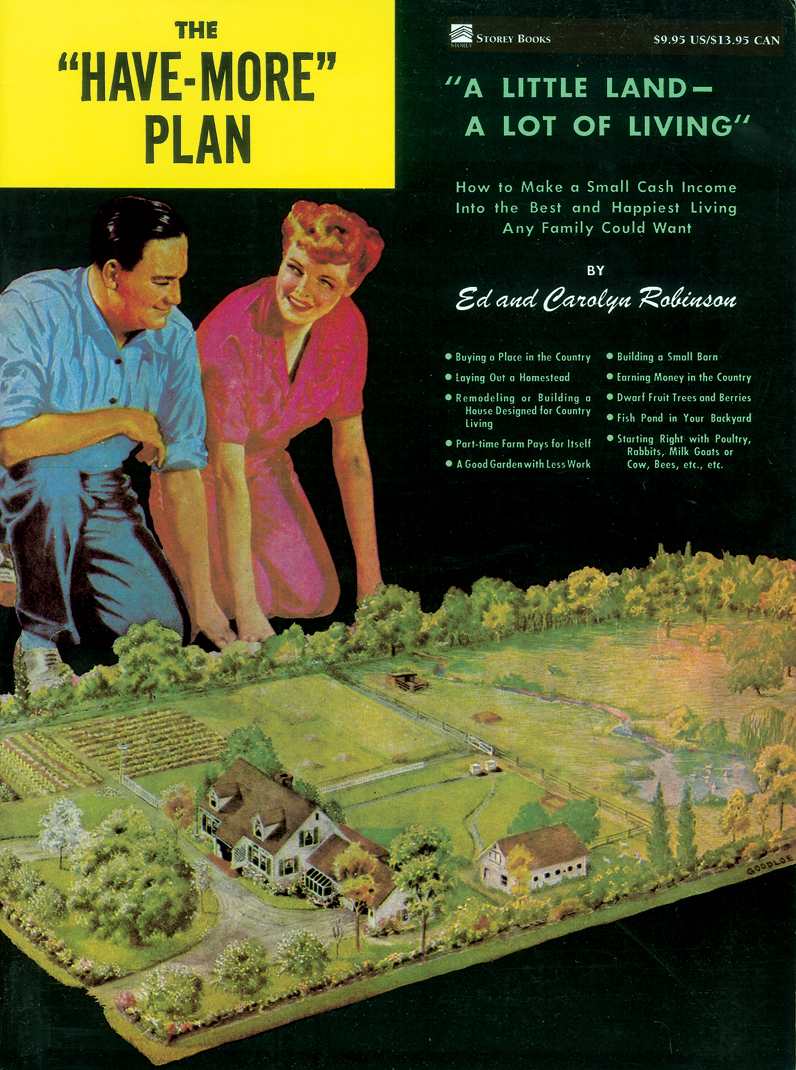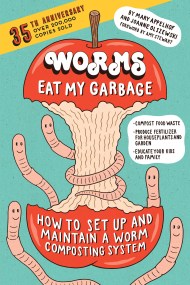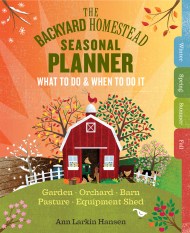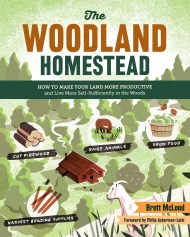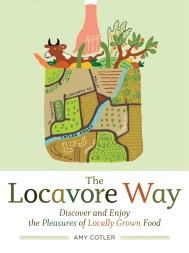Promotion
Use code MOM24 for 20% off site wide + free shipping over $45
The "Have-More" Plan
"A Little Land -- A Lot of Living": How to Make a Small Cash Income into the Best and Happiest Living Any Family Could Want
Contributors
By Ed Robinson
By Carolyn Robinson
Formats and Prices
Price
$12.99Price
$16.99 CADFormat
Format:
Trade Paperback $12.99 $16.99 CADThis item is a preorder. Your payment method will be charged immediately, and the product is expected to ship on or around January 6, 1973. This date is subject to change due to shipping delays beyond our control.
Also available from:
This classic guide to homesteading is based on solid, practical techniques that remain useful to everyone who wants to learn country skills and increase their self-sufficiency. By turns philosophical and instructional, Ed and Carolyn Robinson share their pioneering approach to efficiently growing vegetables, raising livestock, and building farm structures. Since it was first published in 1943, The “Have-More” Plan has inspired generations of homesteaders to make the most out of whatever land they have available.
Genre:
- On Sale
- Jan 6, 1973
- Page Count
- 72 pages
- Publisher
- Storey
- ISBN-13
- 9780882660240
Newsletter Signup
By clicking ‘Sign Up,’ I acknowledge that I have read and agree to Hachette Book Group’s Privacy Policy and Terms of Use
